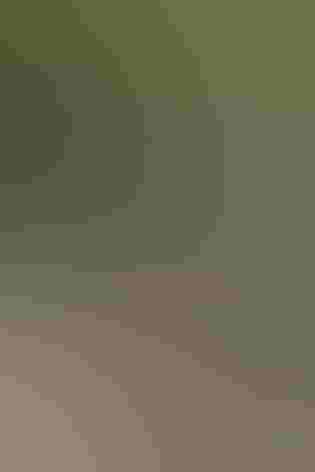Black-bellied Whistling-Duck
At a Glance
A spectacularly marked, sociable, noisy waterfowl. Often rests on low snags above water, and may perch high in dead trees. In North America found mostly near Mexican border, but has increased in numbers recently, partly because it will use nest boxes put out for it. In some areas (such as coastal Texas), feeding of this species has become popular, with landowners tossing out corn near ponds to attract hundreds of whistling-ducks.
All bird guide text and rangemaps adapted from Lives of North American Birds by Kenn Kaufman© 1996, used by permission of Houghton Mifflin Harcourt Publishing Company. All rights reserved.
Category
Duck-like Birds, Ducks and Geese
IUCN Status
Least Concern
Habitat
Coasts and Shorelines, Freshwater Wetlands, Lakes, Ponds, and Rivers, Saltwater Wetlands
Region
Florida, Mid Atlantic, Southeast, Southwest, Texas
Behavior
Direct Flight, Formation, Swimming
Population
1.000.000
Range & Identification
Migration & Range Maps
Not strongly migratory. Flocks disappear in winter from some, but not all, northern breeding areas. Small flocks may wander well to north of normal range.
Description
20-22" (51-56 cm). Adults unmistakable: long-necked and long-legged, patterned in chestnut, gray, and black, with bright pink bill. White wing patch striking in flight. Young bird has gray bill, muted colors, but shows hint of adult pattern.
Size
About the size of a Crow, About the size of a Mallard or Herring Gull
Color
Black, Orange, Tan, White
Wing Shape
Broad, Fingered, Rounded
Tail Shape
Rounded, Short
Songs and Calls
Mellow whistles.
Call Pattern
Undulating
Call Type
Chatter, Whistle
Habitat
Ponds, fresh marshes. Favors shallow freshwater lakes; may come to those in open country, but seems to favor ponds surrounded by trees. Will nest on ground or in tree cavities. When foraging, often in dry fields, also in irrigated land.
Sign up for Audubon's newsletter to learn more about birds like the Black-bellied Whistling-Duck
Behavior
Eggs
12-16. Whitish. Females may lay eggs in each others' nests; such "dump nests" may have 50-60 or more eggs. Incubation is by both sexes, 25-30 days.
Young
Ducklings in cavity nests can climb walls of cavity, jump to ground 1 or 2 days after hatching. Young tended by both parents, find all their own food. Young fledge at about 2 months.
Feeding Behavior
Does much foraging on land, and may feed by day or night. Flocks come to harvested fields to feed on waste grain, also to prairies and overgrown pastures. In shallow water may wade to reach emergent plants, or may dabble at surface or tip up to reach under water.
Diet
Mainly seeds and grains. Feeds mostly on seeds of various grasses, also of smartweed and other plants. Insects, snails, and other invertebrates make up less than 10% of diet.
Nesting
May mate for life. Often nests in colonies. Nest site usually in tree cavity or broken-off stub, 4-20' above ground or water. Tree nests on land usually close to water, but can be up to 1/4 mile from it. Also frequently nests on ground, in dense low growth near water. Many now use nest boxes; have also nested in chimneys, barns. Cavity nests are bare or with a few wood chips, but ground nests are woven of grasses and weeds.
Conservation
Conservation Status
North American population has greatly increased since 1950s. In Texas and eastern Mexico, providing of nest boxes probably helped this expansion. In Arizona (where most nests apparently are on ground), species was very rare before 1949, has since become a fairly common nesting bird.
Climate Threats Facing the Black-bellied Whistling-Duck
Choose a temperature scenario below to see which threats will affect this species as warming increases. The same climate change-driven threats that put birds at risk will affect other wildlife and people, too.









